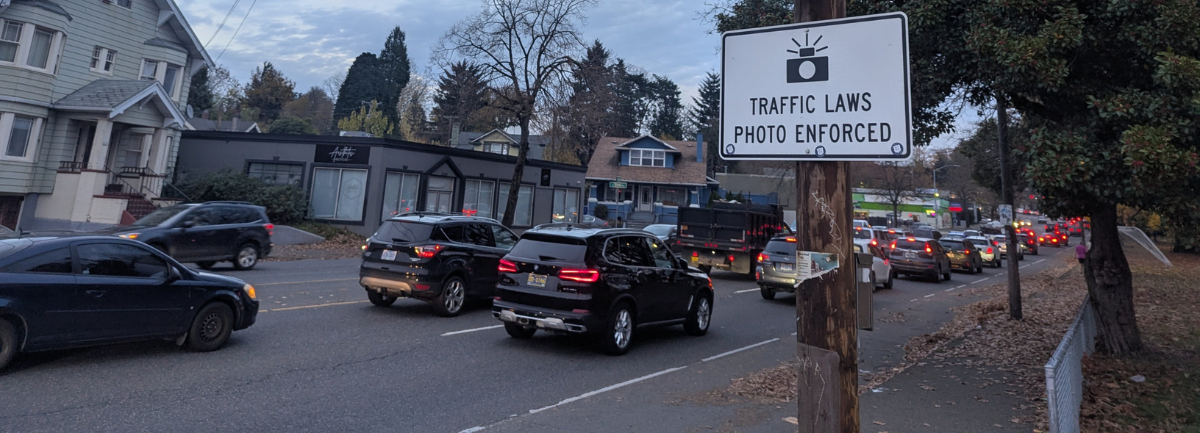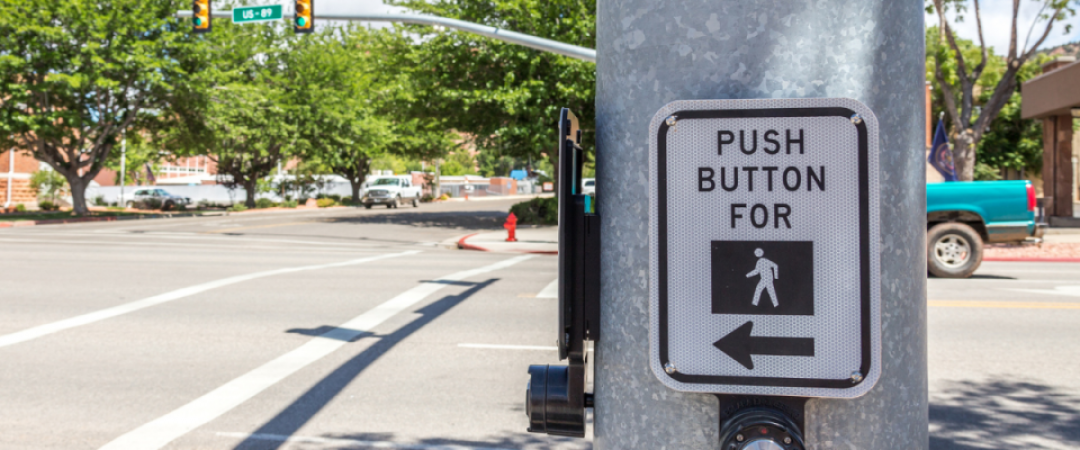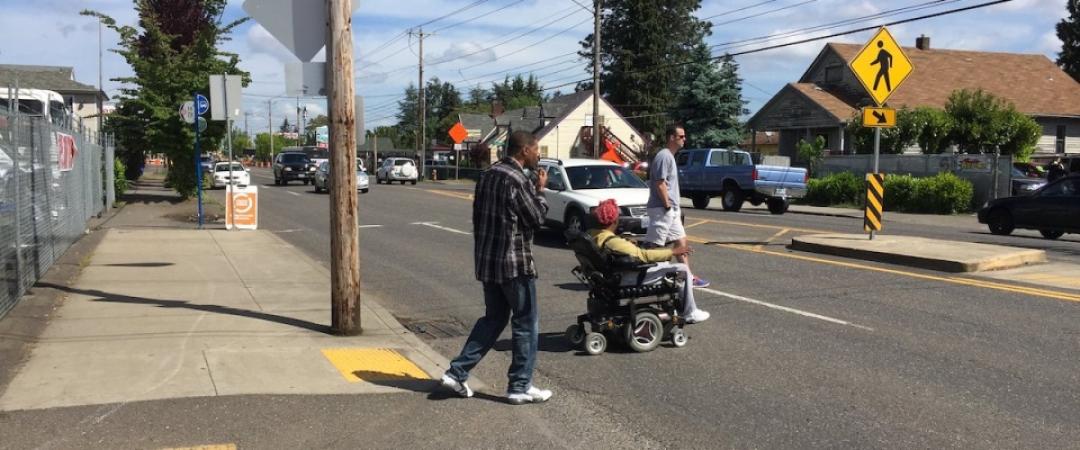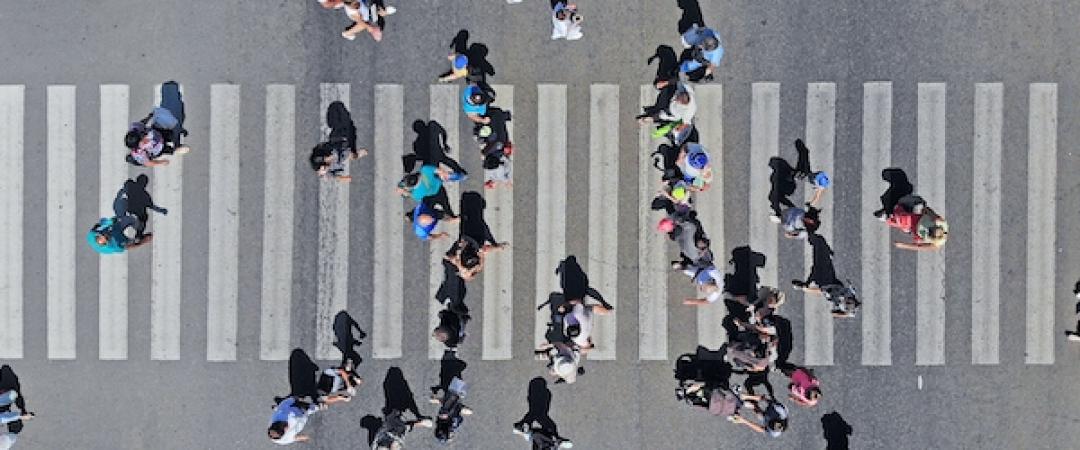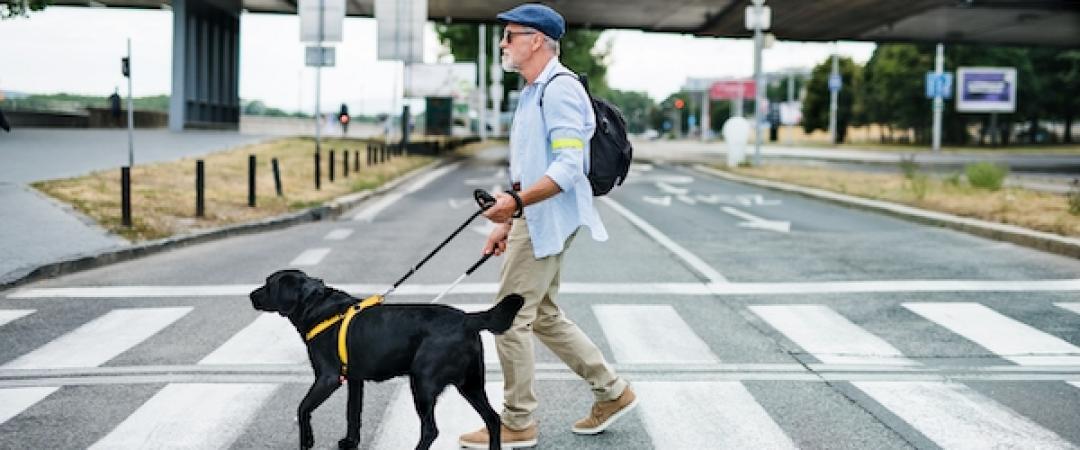A study led by researchers at Portland State University is helping shape the future of speed safety camera use across Oregon. The report combines national and international best practices to give the Oregon Department of Transportation (ODOT) a clear, evidence-based roadmap for how to expand speed safety camera use responsibly across the state.

